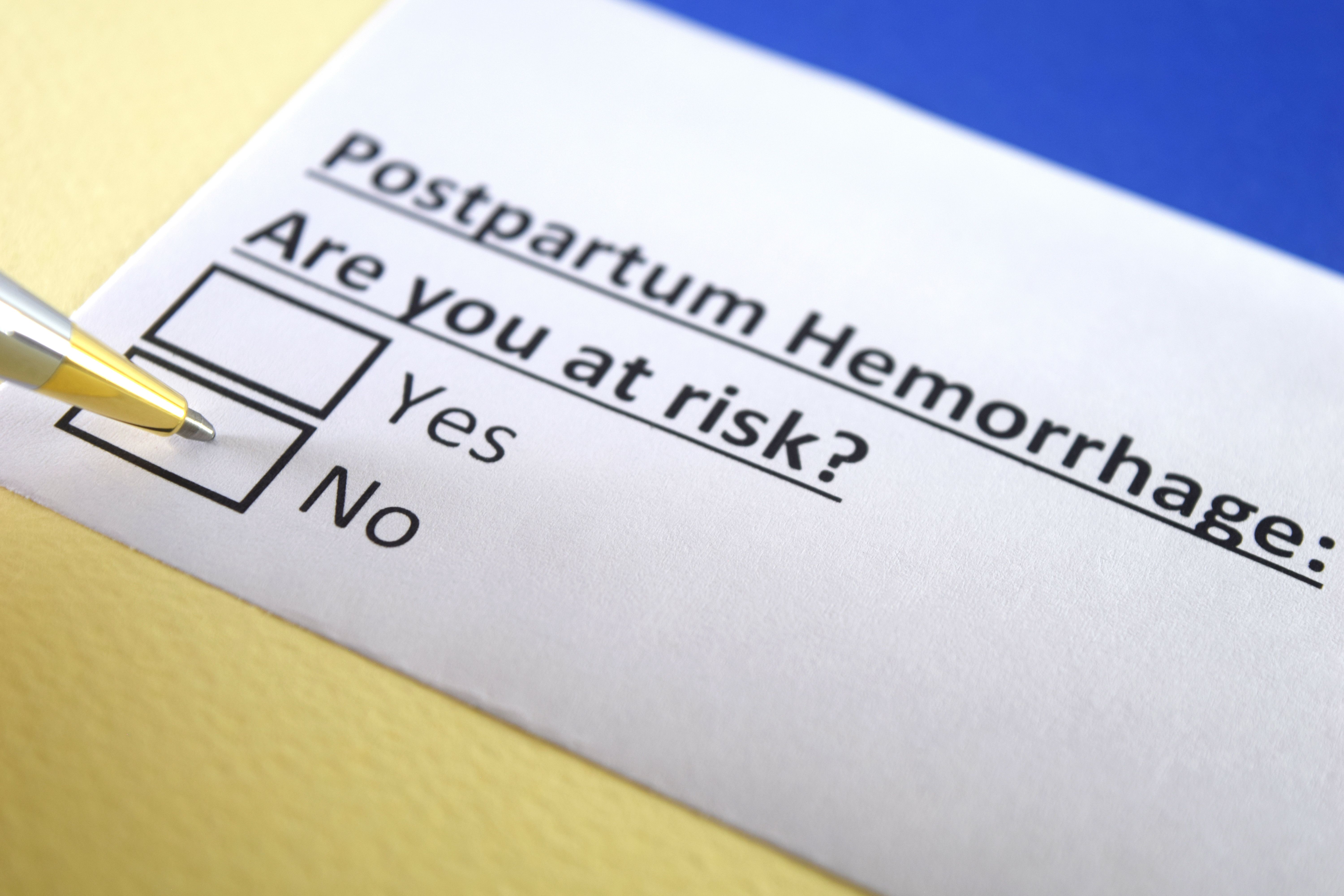Early detection and treatment of postpartum hemorrhage reduces the risk of severe postpartum hemorrhage, according to a recent study published in The New England Journal of Medicine.
Takeaways
- Early detection and treatment of postpartum hemorrhage significantly reduce the risk of severe postpartum hemorrhage.
- Postpartum hemorrhage, defined as blood loss of 500 mL or more following delivery, is responsible for 27% of maternal deaths worldwide and remains a leading cause of maternal mortality.
- Challenges in treating postpartum hemorrhage include late detection, delayed interventions, and poor uptake at the point of care, making it a potentially fatal time-critical condition.
- A cluster-randomized trial involving 78 hospitals found that the intervention group, which used calibrated drapes and the WHO first-response treatment bundle, had significantly lower rates of severe postpartum hemorrhage, postpartum laparotomy for bleeding, and maternal death from bleeding compared to the control group.
- The intervention group showed improved rates of postpartum hemorrhage detection (93.1%) and adherence to treatment (91.2%) compared to the control group, which had lower detection (51.1%) and treatment adherence (19.4%).
Postpartum hemorrhage is measured by blood loss of 500 mL or more following delivery and causes 27% of maternal deaths worldwide. It remains the leading cause of maternal deaths despite guidelines from the World Health Organization (WHO) on treatment and prevention.
Challenges in treating postpartum hemorrhage include late or no detection, delayed or inconsistent use of interventions, and poor uptake at the point of care. Postpartum hemorrhage is a time-critical condition, making late detection or treatment potentially fatal.
To address the challenges in treating postpartum hemorrhage, investigators conducted a cluster-randomized trial. Eligibility criteria for hospitals included having between 1000 and 5000 vaginal births per year, being geographically and administratively distinct from other participating hospitals, and being able to provide comprehensive obstetric care including postpartum hemorrhage treatment.
Participating hospitals were enrolled from August 2021 to September 2021. Upon enrollment, hospitals began a baseline period lasting 7 months where usual postpartum hemorrhage care was provided.
Following the baseline period, hospitals were randomized 1:1 to provide either the trial intervention or usual care for an additional 7 months. A trial steering committee completed trial oversight, while an independent data monitoring committee managed trial monitoring.
Early postpartum hemorrhage detection was accomplished in the intervention group using a calibrated drape. Treatment in this group included the WHO first-response treatment bundle, including oxytocic drugs, uterine massage, intravenous fluids, tranexamic acid, and a process for examination and escalation.
In the control group, postpartum hemorrhage was detected through estimated blood loss visually, while treatment was provided based on local or national guidelines. Uncalibrated drapes were used to measure blood loss in this group.
There were 3 primary outcomes in the analysis. The first was severe postpartum hemorrhage, defined as 1000 mL or more of blood loss after birth. The second was postpartum laparotomy for bleeding before hospital discharge. The third was maternal death from bleeding.
Seventy-eight hospitals were included in the final analysis, with a total of 210,132 patients in the baseline phase and 99,659 in the intervention phase. One of the 3 primary outcomes was observed in 1.6% of the intervention group and 4.3% in the control group.
In the intervention group, postpartum hemorrhage had a detection rate of 93.1% and adherence to treatment a rate of 91.2%. In the control group, these rates were 51.1% and 19.4% respectively.
A decrease in the risk of a primary outcome occurring in the intervention group was observed over time, from 3.8% during randomization to 1.1% by the last month of the intervention phase. The intervention group had a mean blood loss of 160 mL, compared to 220 mL in the control group.
Postpartum hemorrhage and severe postpartum hemorrhage were diagnosed in 8.5% and 1.6% of the intervention group respectively. In the control group, these rates were 16.7% and 4.3% respectively. Postpartum blood transfusion was reported in 1.2% of the intervention group and 1.9% of the control group, and maternal death in 17 and 28 individuals respectively.
These results indicated decreased rates of severe postpartum hemorrhage from the implementation of early detection and treatment methods. Improvements were also found in laparotomy for bleeding and death from bleeding.
Reference
Gallos I, Devall A, Martin J, et al. Randomized trial of early detection and treatment of postpartum hemorrhage. N Engl J Med. 2023;389(1):11-21. doi:10.1056/NEJMoa2303966

